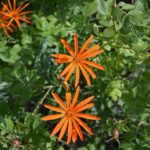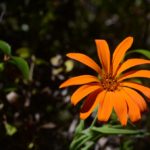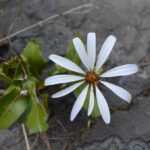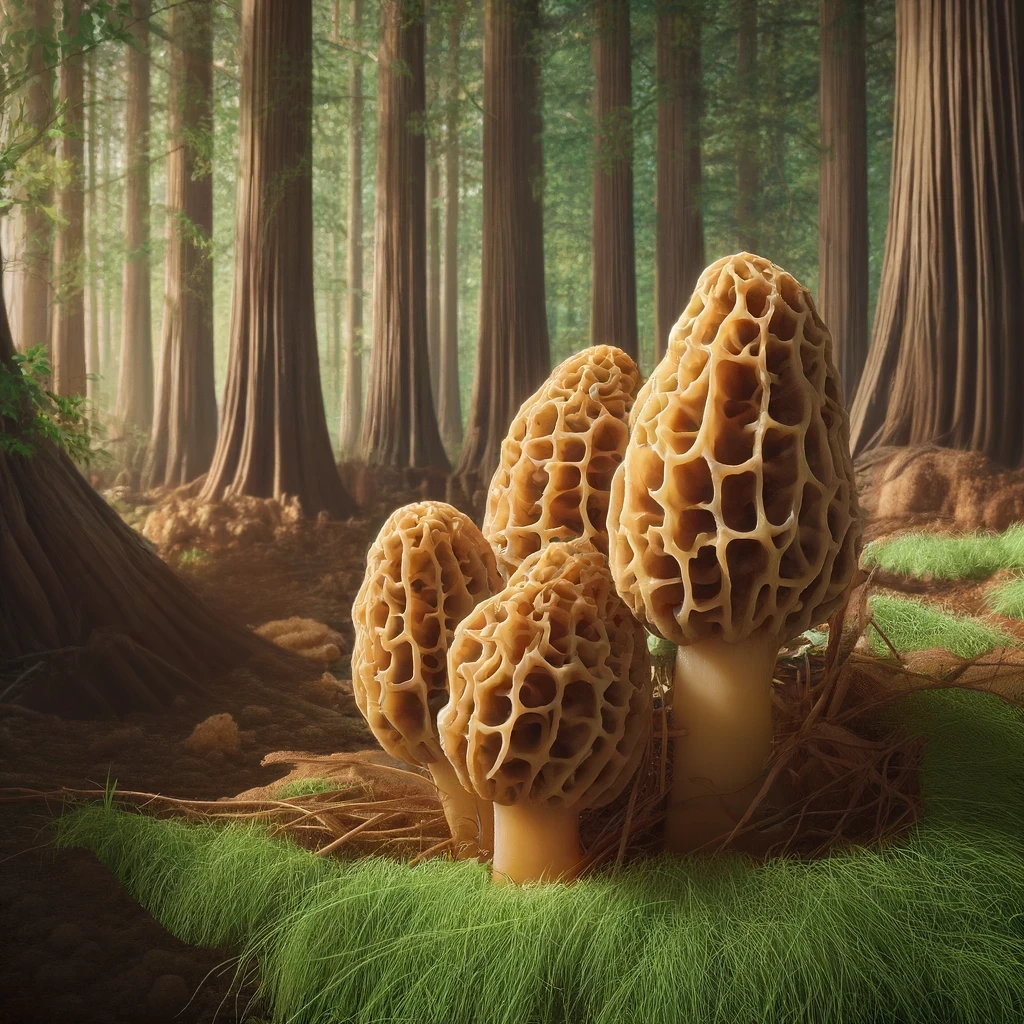The Mutisia decurrens, commonly known as the field carnation, is a climbing plant that stands out in the mountainous landscapes of Patagonia. This species is appreciated for its vibrant orange, red, white, and other colored flowers, which not only attract attention but also a variety of pollinators.
Botanical Characteristics
The Mutisia decurrens has glabrous and branched stems, with simple oval-shaped leaves. It produces between 7 to 14 petals approximately 5 cm long, forming an open corolla, with tendrils that allow it to climb over shrubs and small trees.
- Distribution: In Chile, this plant is found from the VII to the XI region, and in Argentina in the strip of Patagonian forests at the height of the 40th parallel, especially in the Nahuel Huapi National Park.
- Altitude: It grows at altitudes ranging from 500 to 2000 meters above sea level.
Ecological and Cultural Importance
The generic name Mutisia was assigned in honor of José Celestino Mutis, a notable Spanish botanist. The species name ‘decurrens’ refers to the characteristic of the leaves that extend along the stem, facilitating its climbing growth.
Recognized as the official flower of the province of Neuquén, Argentina, the Mutisia decurrens is not only a symbol of beauty but also of resilience and adaptation.
Additionally, it is essential in the local ecosystem as a nectar source for butterflies and bees, playing a crucial role in pollination and biodiversity in its area. Recent studies suggest that Mutisia decurrens has potential in phytoremediation projects, helping to restore degraded soils and promoting land regeneration.
Uses
This plant is valued not only for its beauty and ecological role but also for its traditional uses. In Mapuche culture, it has been used in ceremonies and as natural medicine. Its petals, rich in pigments, have been used to dye textiles in an artisanal manner, creating vibrant tones appreciated in local crafts.
Moreover, this Patagonian flower is becoming an attraction for ecotourism, with excursions and flora observation activities highlighting its presence in the mountainous landscape. Interest in the conservation of Mutisia decurrens has led to the implementation of educational programs aimed at raising awareness about the importance of protecting this species and its habitat.
Curiosities
One of the most interesting aspects of this plant is its ability to adapt to different climatic and soil conditions. It can survive in poor soils and drought conditions, making it a resilient and versatile species.
In terms of reproduction, Mutisia decurrens propagates both by seeds and cuttings, allowing for easy cultivation and propagation. Additionally, its ability to attract pollinators makes it a valuable plant for gardens seeking to promote biodiversity.







